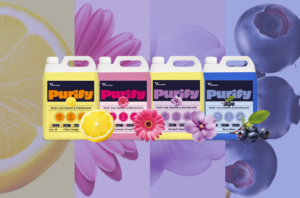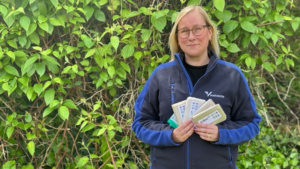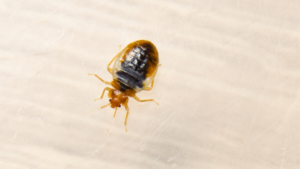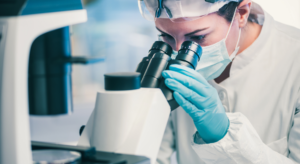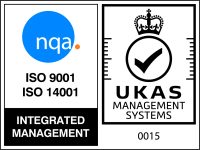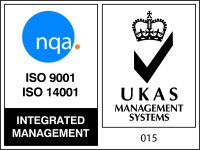Pigeon Droppings: The Risks for Cleaning Professionals
Though unsightly in and of themselves, pigeon droppings can also pose a potential health hazard to those who attempt to clean them. Psittacosis – a flu-like disease – and salmonella are commonly found in pigeon droppings or guano. In order to mitigate their exposure to these illnesses and protect their own well-being, cleaning professionals should follow careful protocols while clearing an area of pigeon droppings.
What are the Diseases and Who is at Risk?
The UK’s Health and Safety Executive (HSE) clarifies that two diseases – psittacosis and salmonella – are the main health risks for those exposed to pigeon droppings. As both the body and the British Pest Control Association (BPCA) explain, the former illness – which is caused by bacteria found in wild and domesticated birds – is relatively rare, but can result in pneumonia. While it is normally thought of as a foodborne illness, salmonella – which causes upset stomach and diarrhea – can also be found in pigeon droppings. Explaining the spread of psittacosis in particular, the Centers for Disease Control and Prevention states, “Both sick birds and birds without signs of illness shed the bacteria in their droppings and respiratory secretions. When the droppings and secretions dry, small dust particles (including the bacteria) can get into the air.”
According to both the Pigeon Control Resource Centre and the HSE, those most at risk of contracting these diseases are those with pre-existing medical conditions. “In these cases it is possible that the inhalation of dust, created when well-dried guano are disturbed, may irritate the bronchial passages,” explains the former body while the HSE takes a firmer stance and advises, “Workers with a weakened immune system should not directly do tasks involving bird droppings.”
Preventing the Spread of Disease
Both illnesses can be spread by airborne droplets and the HSE offers in-depth advice on how cleaning professionals can limit their exposure to pigeon droppings. First and foremost, it advises that cleaners adhere to its ‘Assess, Control and Review’ model. During the assessment phase of the model, cleaners should identify and gauge their risk of hazardous exposure and then form a plan of action to mitigate that risk. If necessary, they may wish to involve their colleagues in planning.
In the second phase of this model, those undertaking the cleaning of pigeon droppings should attempt to prevent and control any further health risk to themselves. During this phase, cleaners may also wish to offer up training that can help colleagues mitigate their risk of exposure to disease. Finally, during the last phase of this model, cleaners should review their processes and procedures to ensure that these are working effectively to protect themselves and their colleagues.
Protection on a Practical Level
On a practical level, the ‘Assess, Control and Review’ model means that cleaning professionals undertaking a job where pigeon droppings will be handled should be aware of how to minimise their risk of exposure to psittacosis and salmonella. Before undertaking the clearing of any droppings, HSE advises that cleaners wear protective clothing and, if necessary, Respiratory Protective Equipment (RPE). RPE may be needed if the process of cleaning these droppings has the potential to create dust.
To this end, the body advises that cleaning professionals spray or wet the soiled area before any cleaning is undertaken to prevent the spread of airborne dust and bacteria. HSE also advocates that cleaning staff have adequate handwashing facilities and protocols in place while being aware of any hand-to-mouth or hand-to-eye contact during the cleaning process. During their rest breaks, cleaners should consume food or drink away from the area that is being cleaned. Finally, once the droppings have been cleared, HSE advises that cleaners review their methods to ensure that these are offering protection from any risk of disease.
By being aware of the specific health risks associated with the cleaning of pigeon droppings, cleaning professionals can formulate a solid plan of action, one that enables them to clear away an unpleasant mess while efficiently protecting their health and well-being.
Recommended Products
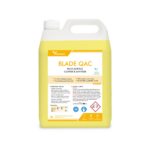
Blade QAC is a multi-task cleaner and sanitiser suitable for use on a number of surfaces, and is perfect for use in the cleaning of pigeon droppings.
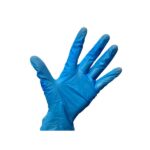
It is recommended you wear suitable personal protective equipment (PPE) when undertaking this type of clean.


